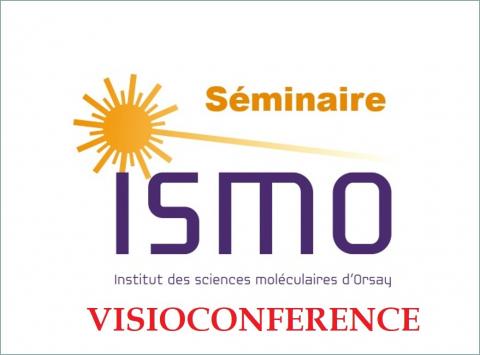
Towards ab-initio device-level electronic structure models with Density Functional Theory
Towards ab-initio device-level electronic structure models with Density Functional Theory
par Michele Pavanello
Department of Chemistry and Department of Physics, Rutgers University-Newark
Density functional theory has been the champion of electronic structure of molecules and materials in the past 40 years. Despite such a success story, issues linger. Among them, the cubic computational scaling with increasing system size and the need to compute a large number of bands when metals and semiconductors are considered. These issues are cutting short DFT’s applicability to materials science and engineering. In my talk, I will show how density embedding coupled with orbital-free DFT can radically change this outlook. Finite size effects become inessential when metals and nanoparticles are treated at the orbital-free DFT level and molecules and low-dimensionality periodic materials are treated at the Kohn-Sham DFT level. The talk concludes with a brief venture in the nonequilibrium state of materials discussing opportunities for multiscale ab-initio models and how those can be translated into force fields of broad applicability.
Site de l'ISMO pour disposer du lien
http://www.ismo.universite-paris-saclay.fr/spip.php?article2418
Towards ab-initio device-level electronic structure models with Density Functional Theory
par Michele Pavanello
Department of Chemistry and Department of Physics, Rutgers University-Newark
Density functional theory has been the champion of electronic structure of molecules and materials in the past 40 years. Despite such a success story, issues linger. Among them, the cubic computational scaling with increasing system size and the need to compute a large number of bands when metals and semiconductors are considered. These issues are cutting short DFT’s applicability to materials science and engineering. In my talk, I will show how density embedding coupled with orbital-free DFT can radically change this outlook. Finite size effects become inessential when metals and nanoparticles are treated at the orbital-free DFT level and molecules and low-dimensionality periodic materials are treated at the Kohn-Sham DFT level. The talk concludes with a brief venture in the nonequilibrium state of materials discussing opportunities for multiscale ab-initio models and how those can be translated into force fields of broad applicability.
Site de l'ISMO pour disposer du lien
http://www.ismo.universite-paris-saclay.fr/spip.php?article2418
